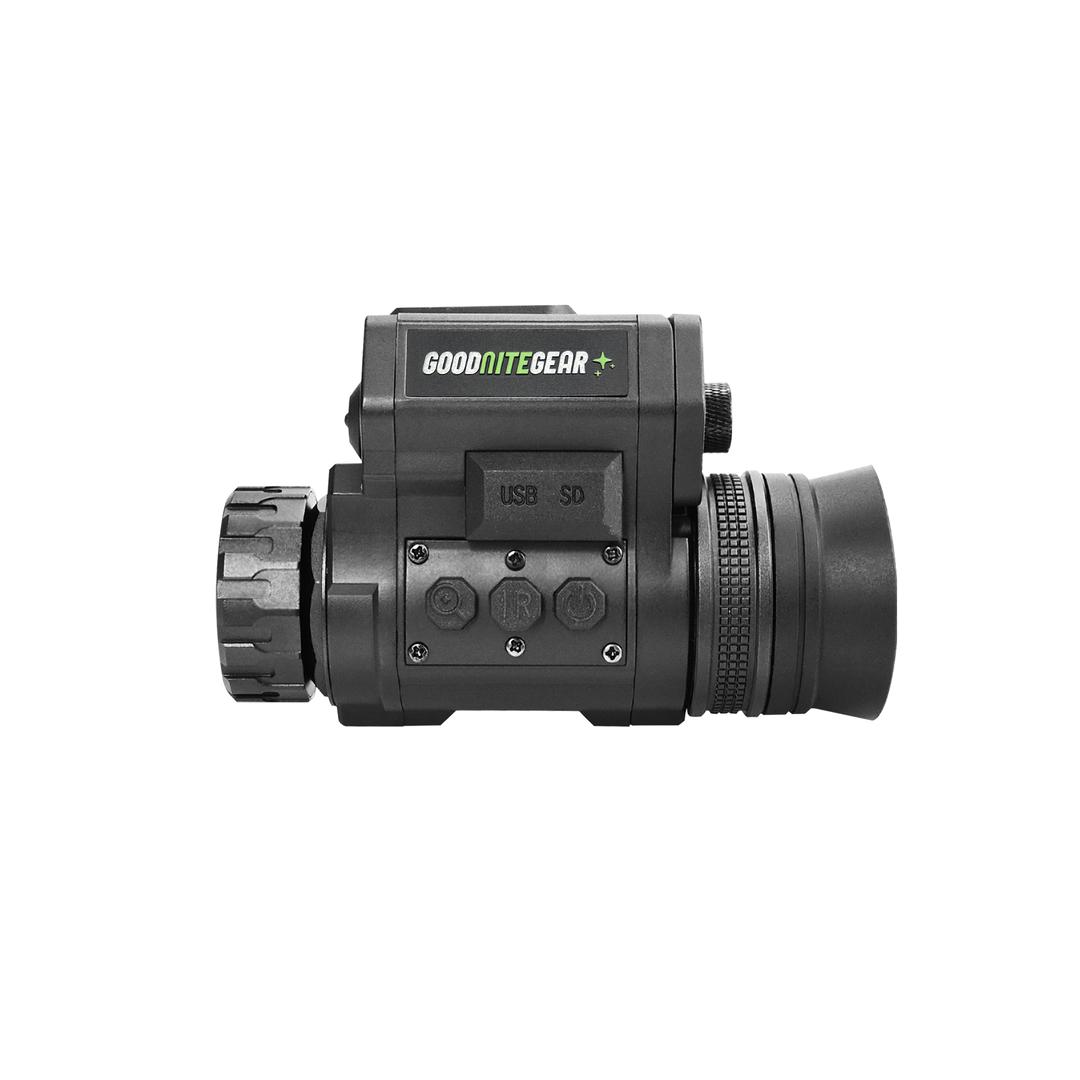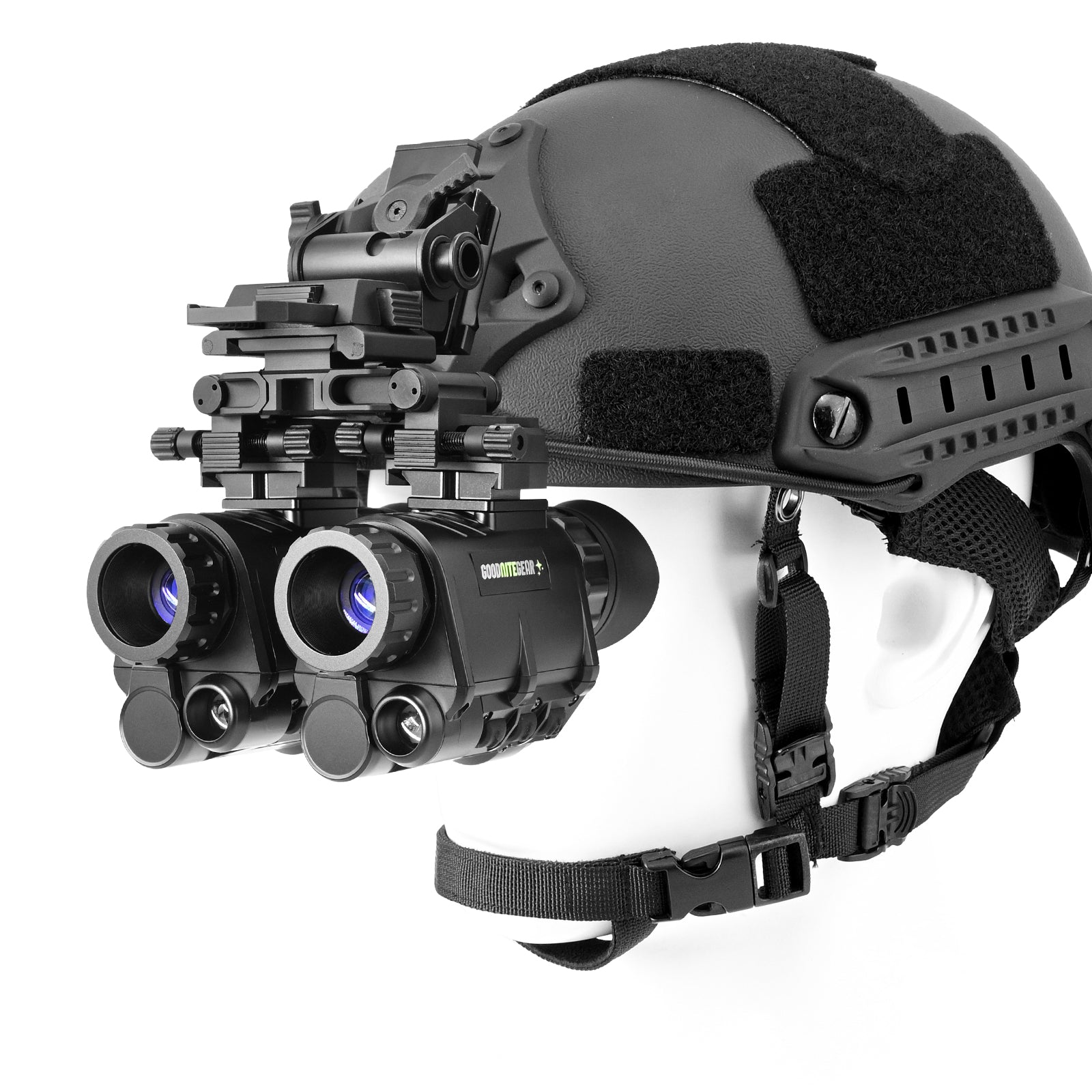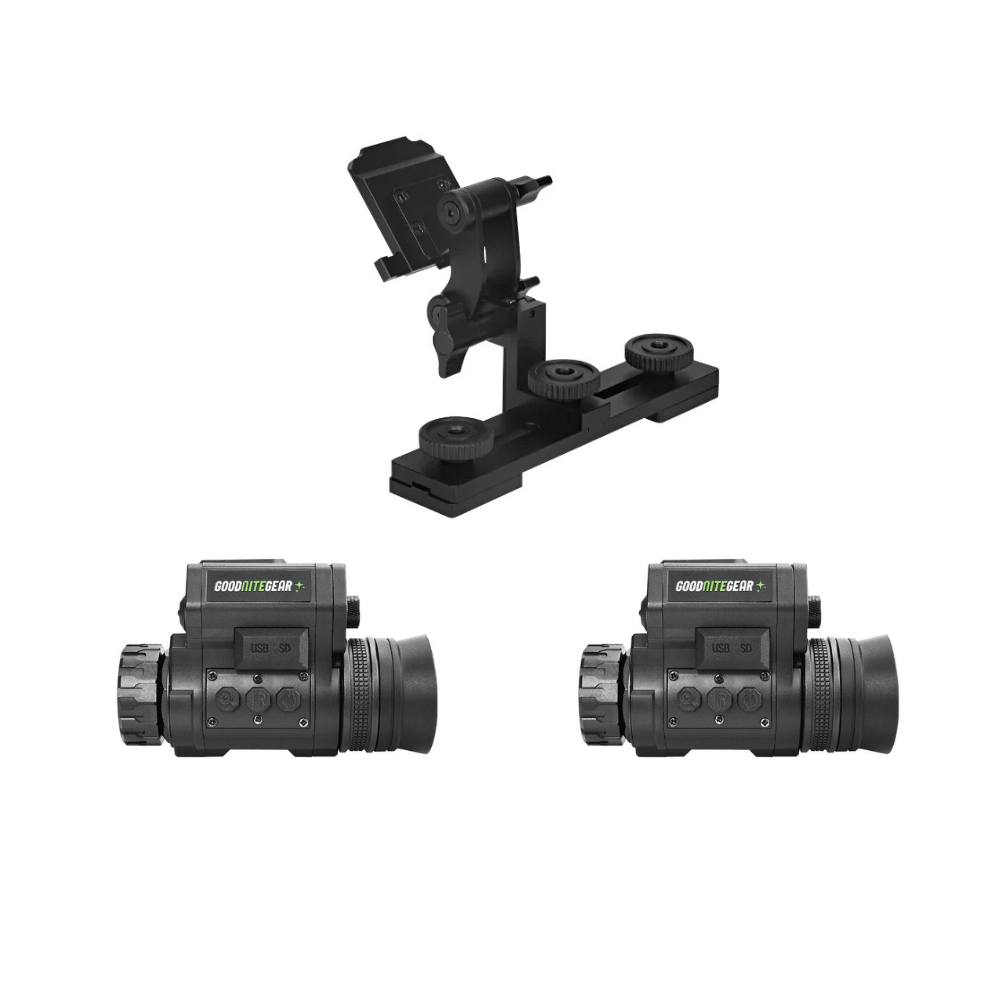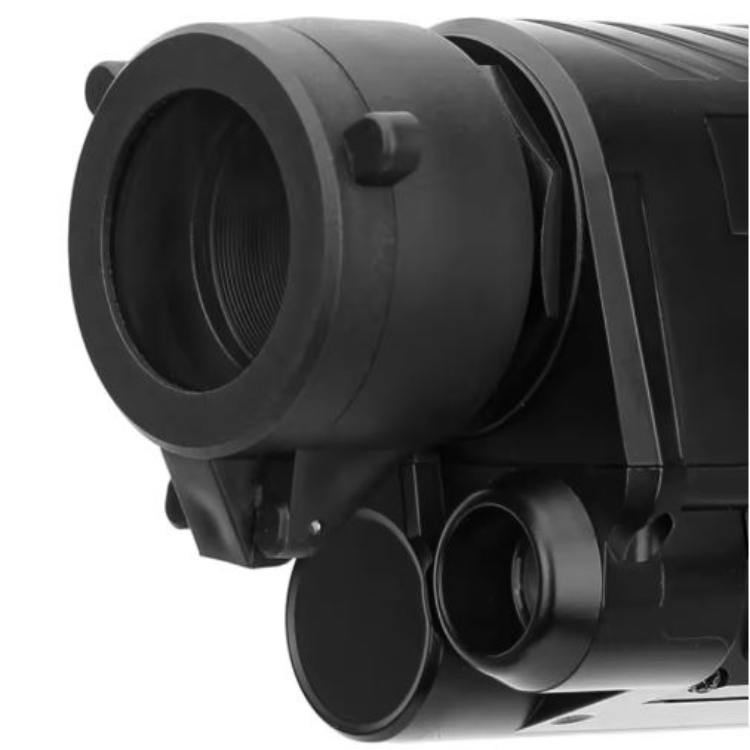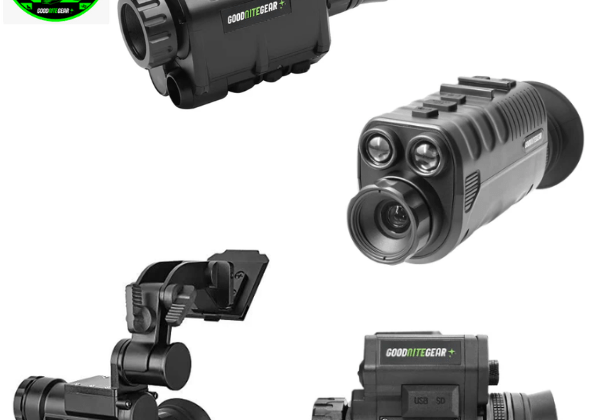Digital night vision optical devices have provided greater visibility in low-light conditions. This technology combines infrared (IR) with a digital processing mechanism, enhancing visibility in low-light areas. Like every technology, digital night vision also has its own set of limitations or disadvantages. So, what are the cons of digital night vision?
Be aware of the drawbacks of digital night vision because it is often used in conjunction with other equipment. Good Nite Gear Shop presents a generalized overview of what are the cons of digital night vision - if used inappropriately.
Limited Range
Unlike analog night vision devices, digital night vision has a limited range of adequate visibility. This drawback is crucial to study, especially when the visibility of distant objects is essential for the task, such as during tactical operations or wildlife observation.
The reason behind this limitation of range is its modality. Digital night vision, similar to thermal monoculars, utilizes IR light to detect objects that do not reflect light well.
Power Requirements
Digital night vision devices consume more power than analog night vision devices. Consuming more energy in settings where battery conservation is crucial for an extended period heightens the tension.
This issue becomes more critical when battery replacement or charging is an uphill task due to supply issues, when the field is located in a remote area, or when faced with other environmental or geographical challenges.
Check out our thermal monoculars collection!
Image Quality
Digital night vision technology claims a significant improvement in image quality. However, this quality is still not parallel to high-end analog night vision devices under specific circumstances.
General problems in very low-light conditions with digital night vision include lower resolution, pixelation, and distortion, manifesting as a grainy appearance.
These problems significantly compromise its effectiveness. Object clarity and movement become distorted due to the aforementioned image problems.
Lag and Processing Delays
Image processing is a crucial component of digital night vision technology. Due to this process, a slight delay or lag occurs between the actual movement in the world and the image displayed by digital night vision. This delay becomes problematic when fast-paced or dynamic images or movements are needed in the scene to ensure complete impact or awareness.
Buy GNG tactical bump helmets.
Light Sensitivity
Digital night vision devices do not perform well in transitional environments. When suddenly exposed to bright light, such as a flashlight, a car headlight, or sunlight, they do not handle this excess light effectively and produce a washed-out image. An extended period of bright lights can damage the sensor in digital night vision devices.
Cost of Technology
Companies are offering competitive pricing for this technology. However, when it comes to high-quality digital devices, this technology is much more expensive than its analog counterparts. This high-cost factor acts as a prohibitor for everyday users.
The Bottom Line
Studying what are the cons of digital night vision is important before investing in such devices. Although digital night vision technology is ideal for storing digital images, its disadvantages include high cost, battery drain, limited range, and lag behind the actual world.
Shop the best night vision monoculars now!

